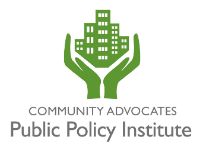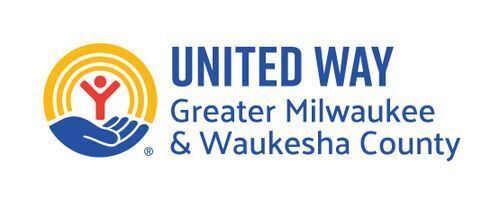Mike Bare, Research & Program Coordinator, explains the Effective ACA Implementation Project in this video.
The Effective ACA Implementation Project seeks to harness the full potential of the Affordable Care Act (ACA). The ACA’s primary goals were to 1) expand health coverage, 2) reduce health coverage and care costs while increasing health care quality, and 3) protect consumers from insurance company abuses.
We have made progress towards the ACA’s goals in Wisconsin. Many more people have health coverage that offers quality benefits at an affordable rate. Wisconsinites are safe from insurance company discrimination. Our vision for effective implementation of the ACA—including a state-based marketplace that is focused on expanding coverage while lowering cost and improving quality, expanding and improving BadgerCare coverage, establishing innovative health delivery models, expanding benefits, protecting consumers, and improving enrollment assistance—would further the ACA’s goals, increase Wisconsin’s competitiveness, and lead to a healthier Wisconsin. See more about our vision here.
A major goal of our project is to help policymakers and fellow advocates understand how the ACA can improve addiction and mental health treatment. These strategies include exploring and adopting smart enrollment procedures at county jails and treatment centers, and at state prisons and other institutions; creating a sound relationship between Medicaid and the Marketplace; and rethinking the interaction between insurance and stand-alone treatment programs.
A key aim is to enroll soon-to-be released prisoners or jailed individuals--many of whom are newly eligible adults without dependent children--in Medicaid or Marketplace insurance plans. This will not only enable them to obtain needed treatment for addiction and mental illness, and improve their overall health, it will also reduce crime, lower rates of recidivism, and help many low-income adults avoid the criminal justice system and lead safe and productive lives.
This project builds on the successes of our previous project, the Project for Health Insurance Exchange Education (PHIXE), which focused on using properly structured competition to maximize coverage, reduce costs, and improve quality. We also previously partnered with researchers at the University of Wisconsin to understand why premiums in the Wisconsin State Employee Health Plan are lower in Dane County than in Wisconsin's other 71 counties and what lessons we can learn from this to reduce costs and improve quality in health exchanges. Our findings were published by Health Affairs.





